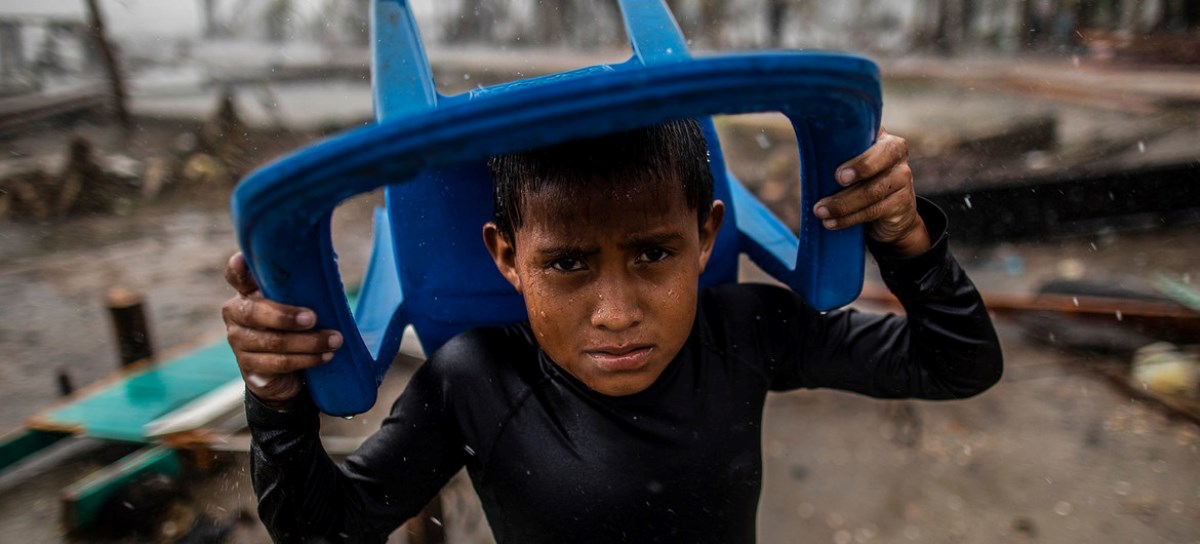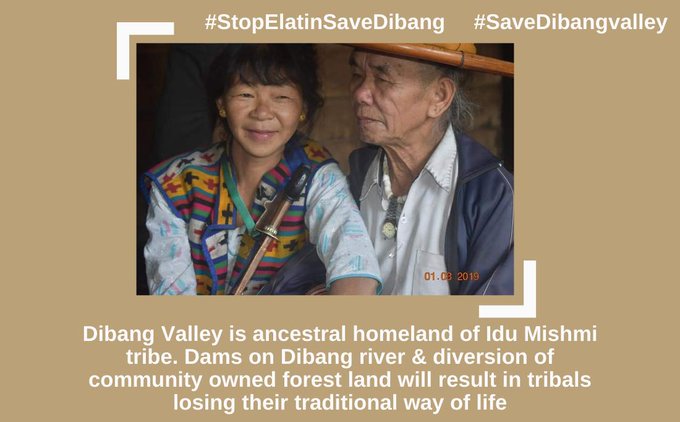WWF’s Living Planet Report 2020 reveals 68% decline in wildlife populations on average since 1970
• Globally, causes include environmental destruction including deforestation, unsustainable agriculture and illegal wildlife trade
• WWF is calling for urgent action to reverse the trend by 2030 by ending the destruction of natural habitats
 KRC TIMES Desk
KRC TIMES Desk
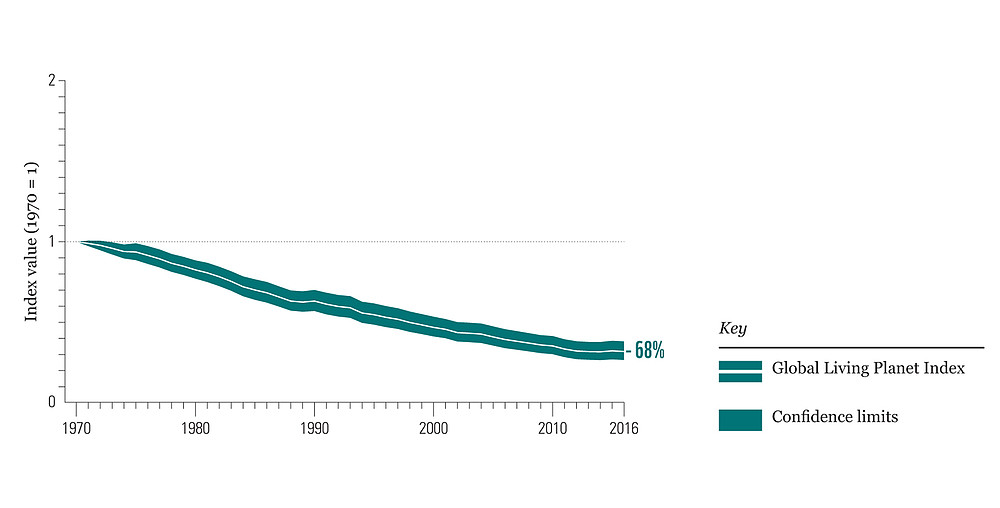
Global populations of mammals, birds, amphibians, reptiles and fish have suffered an average two-thirds decline in less than half a century due in large part to the very same environmental destruction which is contributing to the emergence of zoonotic diseases such as COVID-19, according to WWF’s Living Planet Report 2020, released on 10th September 2020.
The Living Planet Index (LPI) shows that factors believed to increase the planet’s vulnerability to pandemics – including land-use change and the use and trade of wildlife – were also some of the drivers behind the 68 per cent average decline in global vertebrate species populations between 1970 and 2016.
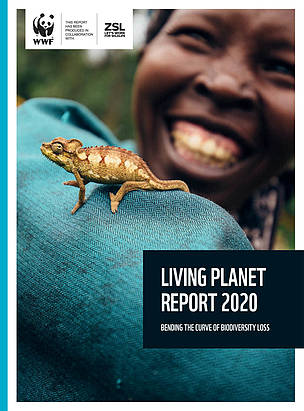
“The Living Planet Report 2020 underlines how humanity’s increasing destruction of nature is having catastrophic impacts not only on wildlife populations but also on human health and all aspects of our lives,” said Marco Lambertini, Director General, WWF International.
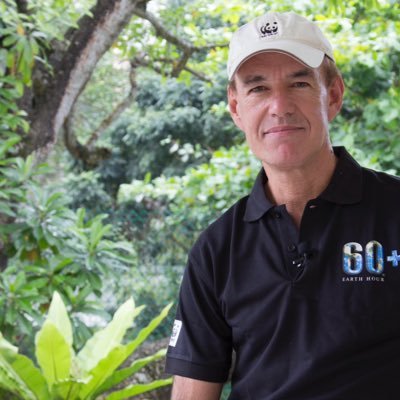
“We can’t ignore the evidence – these serious declines in wildlife species populations are an indicator that nature is unravelling and that our planet is flashing red warning signs of systems failure. From the fish in our oceans and rivers to bees which play a crucial role in our agricultural production, the decline of wildlife affects directly nutrition, food security and the livelihoods of billions of people.”
He added, “In the midst of a global pandemic, it is now more important than ever to take unprecedented and coordinated global action to halt and start to reverse the loss of biodiversity and wildlife populations across the globe by the end of the decade and protect our future health and livelihoods. Our own survival increasingly depends on it.”
The Living Planet Report 2020 presents a comprehensive overview of the state of our natural world through the LPI, which tracks trends in global wildlife abundance with contributions from more than 125 experts from around the world. It shows that the main cause of the dramatic decline in species populations on land observed in the LPI is habitat loss and degradation, including deforestation, driven by how we as humanity produce food.
The LPI, which tracked almost 21,000 populations of more than 4,000 vertebrate species between 1970 and 2016, also shows that wildlife populations found in freshwater habitats have suffered a decline of 84 per cent – the starkest average population decline in any biome, equivalent to 4 per cent per year since 1970. One example is the spawning population of the Chinese sturgeon in China’s Yangtze River, which declined by 97 per cent between 1982 and 2015 due to the damming of the waterway.
Based on a paper, ‘Bending the curve of terrestrial biodiversity needs an integrated strategy,’ co-authored by WWF and more than 40 NGOs and academic institutions and published today in Nature, the LPR 2020 also includes pioneering modelling which shows that without further efforts to counteract habitat loss and degradation, global biodiversity will continue to decline. The modelling makes clear that stabilizing and reversing the loss of nature caused by humans’ destruction of natural habitats will only be possible if bolder, more ambitious conservation efforts are embraced and transformational changes made to the way we produce and consume food. Changes needed include making food production and trade more efficient and ecologically sustainable, reducing waste, and favouring healthier and more environmentally friendly diets.
The research shows that implementing these measures together rather than in isolation will allow the world to rapidly alleviate pressures on wildlife habitats. The modelling also indicates that if the world carries on with “business as usual”, rates of biodiversity loss seen since 1970 will continue over the coming years.

“The focus of Living Planet Report 2020 is to reiterate a scientific case for the urgent action we need to protect and restore nature and biodiversity,” said Ravi Singh Secretary General and CEO, WWF India.
He further adds, “This year has seen catastrophic events across the country and the world – forest fires, cyclones, locust plagues and the COVID-19 pandemic. These events have shaken the world’s environmental conscience and forced us to rethink and reset our relationship with nature. For a megadiverse country like India, which has been seeing a decline in forests, natural wetlands, and marine biodiversity due to factors like urbanisation, land degradation, pollution and landuse change, bolder conservation efforts are key to reversing the trend. Only an integrated approach, bringing together diverse stakeholders including governments, businesses, communities, schools, media and civil society will succeed in restoring the balance of nature. Biodiversity conservation should be a non-negotiable and strategic investment to protect the very web of life that underpins the health and livelihoods of people.”
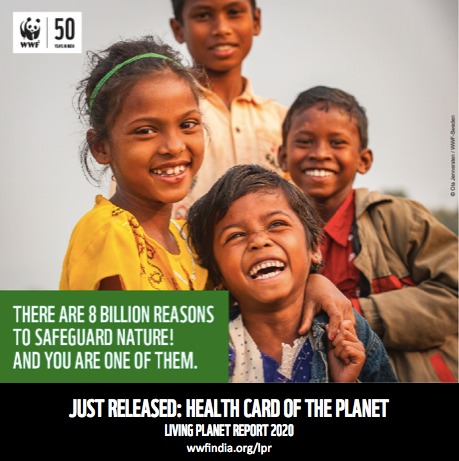
While the LPR 2020 highlights the importance of protecting nature for the health and livelihood of all of humanity, WWF India’s new campaign on #Nature #TheUltimateVaccine reiterates the need to restore the balance of nature by putting an end to the destruction of biodiversity and ecosystems and thereby minimizing the risks of pandemics waiting for us in the future. The organization has also launched a specialised programme for children titled ‘One Earth One Home’, inspiring children to steer a change in their own lives by adopting pro-conservation attitudes and sustainable household practices towards a greener lifestyle.


